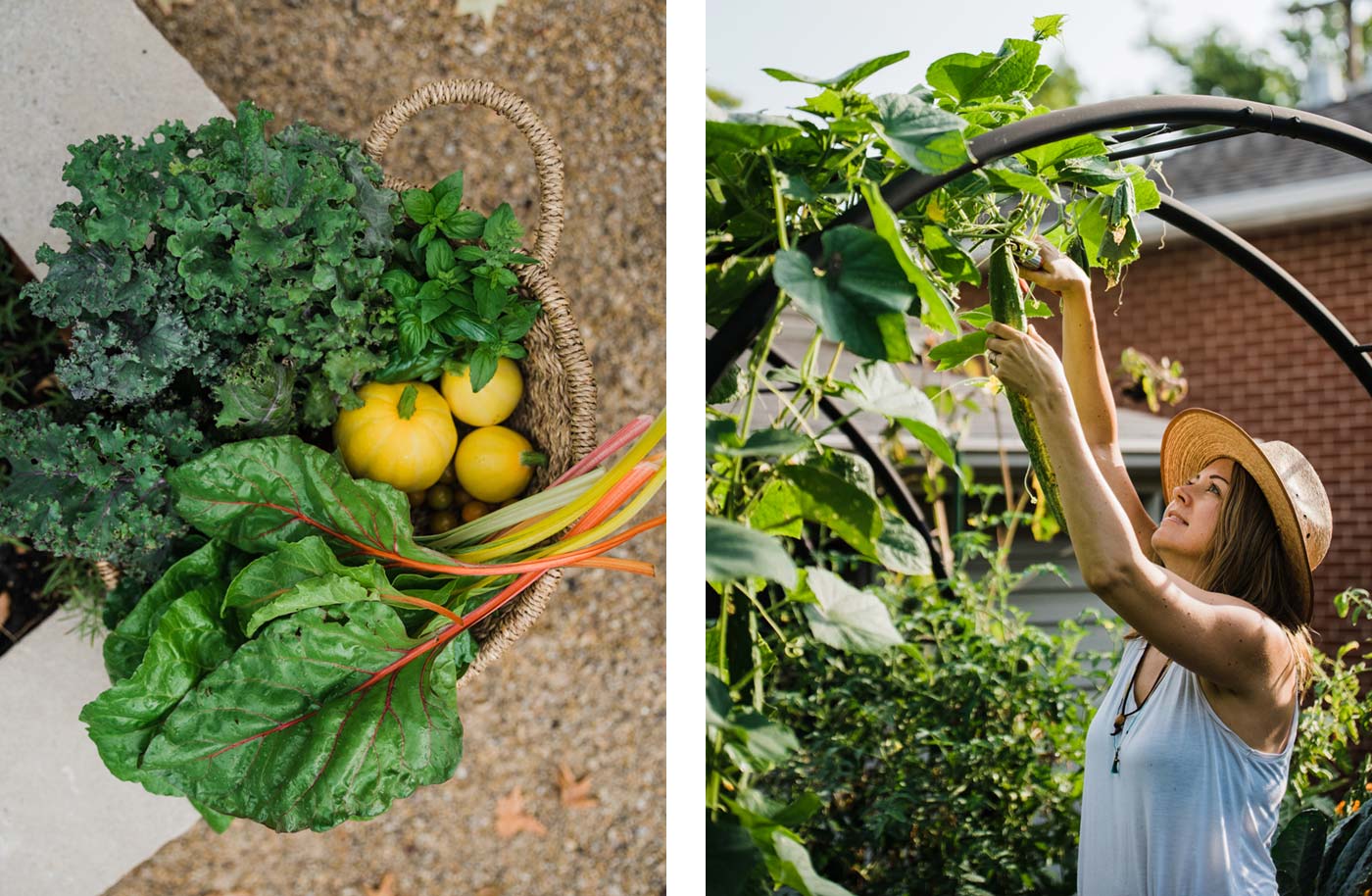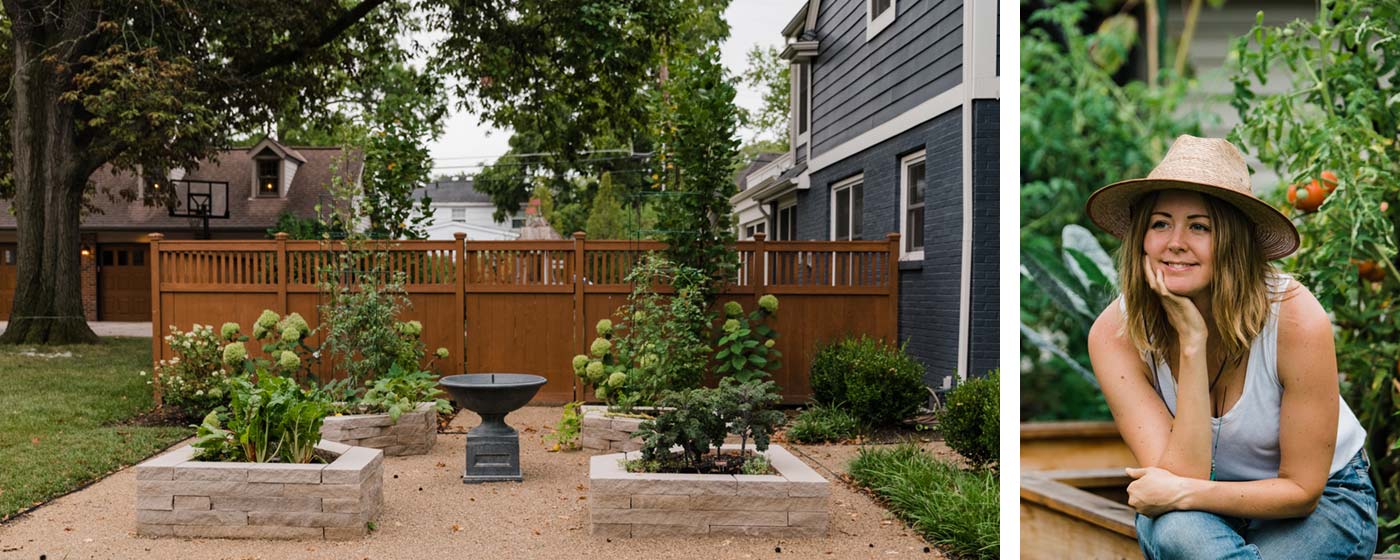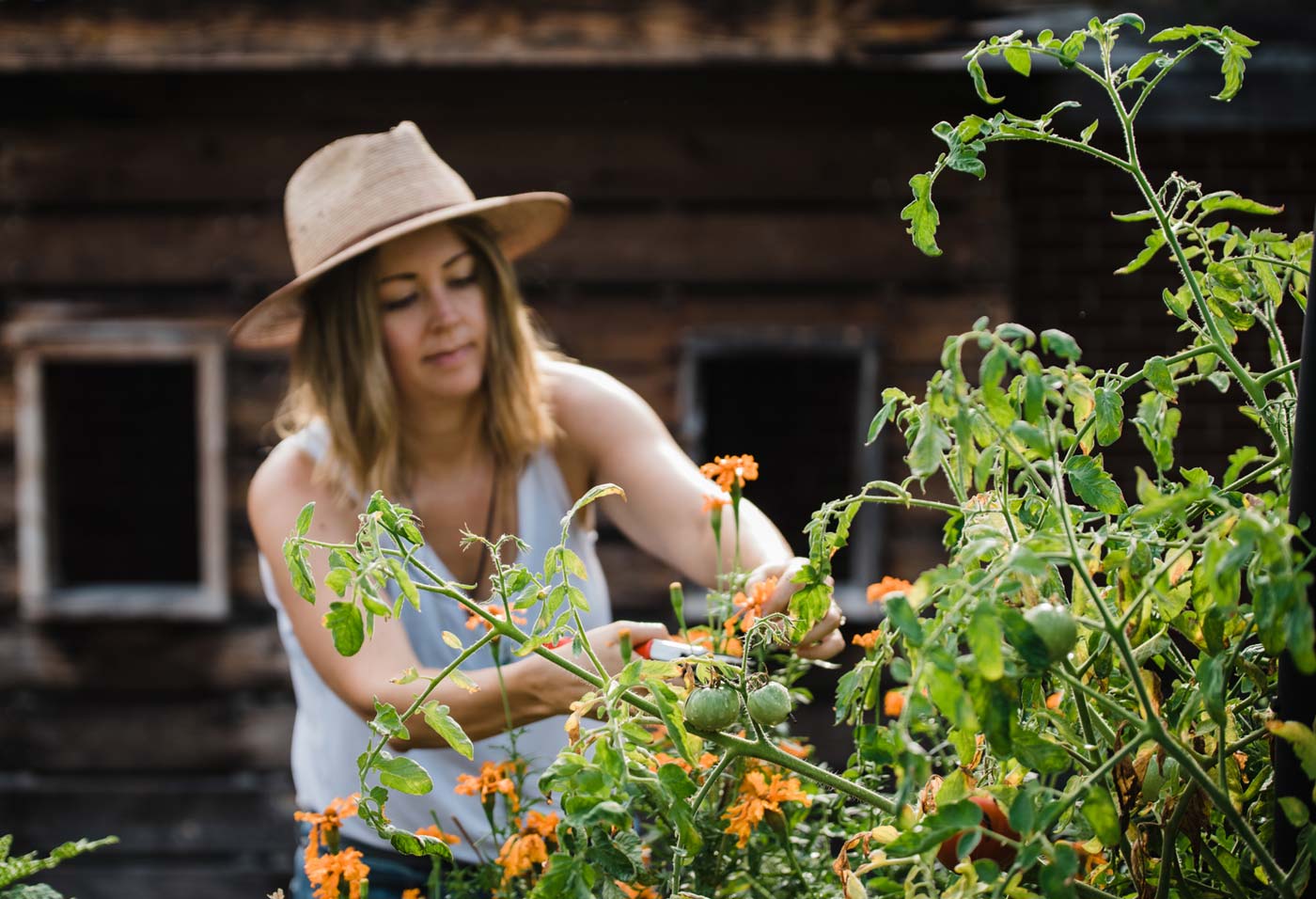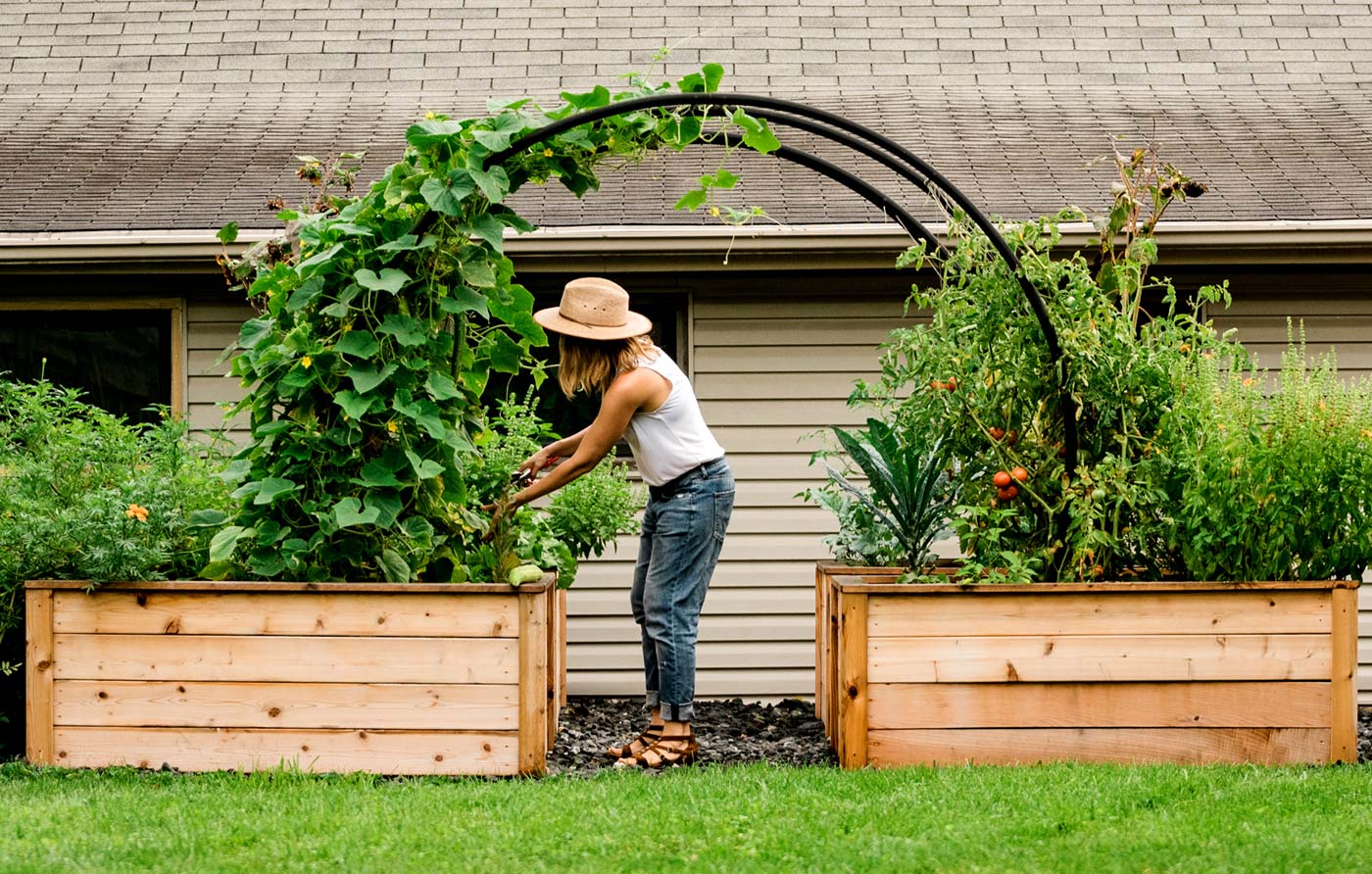A Growing Passion for Gardening
When the coronavirus emerged last spring, many of us turned to gardening to fill the time, to have something healthy to do at home and to begin growing some of our own food.
What was a spontaneous trend last year has blossomed into a full-blown craze as many of last year’s beginning gardeners plan to keep up the habit with bigger and better gardens this year.
In Columbus, many would-be urban gardeners turned to consultant Annie Chubbuck to teach them the basics and help them transform small spaces into productive little plots where everything from tomatoes and peppers to herbs and flowers can thrive.
Even before the pandemic, Chubbuck said, there was a steadily increasing interest in kitchen gardening in recent years. “More and more people were interested in growing food at home and once coronavirus hit, it just exploded.”
For many people, being outside and working in a garden provided some peace during the pandemic. Having something to care for was like therapy in uncertain times, she said. And home kitchen gardening was something we could do with our families safely at home. Plus, it’s a fantastic way to relieve stress.

Left: Staggered planting can generate produce well past summer. Right: The goal of Seed and Vine is to create beautiful and accessible kitchen gardens.
Chubbuck’s own introduction to gardening came when she worked in the fashion industry and lived in the East Village neighborhood of New York City. She found a small community garden and joined the crew working there, some of whom had been at it for 20 years. Spending time outdoors, working and learning about growing food helped relieve the stress of her big-city office job, Chubbuck said.
Chubbuck left New York for Columbus years ago and transformed her former hobby into a business called Seed Babies, helping Central Ohioans plan and build beautiful kitchen gardens. This year Chubbuck has rebranded her business with a new name, Seed and Vine, which she thinks more accurately sums up the essence of her work.
The wave of interest in creating and growing kitchen gardens has continued, and Chubbuck has spent the last few months planning springtime garden installations and consulting with returning clients about their plans for the growing season.
Gardening the city, gardening pretty
The new wave of urban gardening is leaving behind old ideas about how home gardens should look. Gone are the days that gardens were square, untidy plots tucked away in a corner of the backyard.
Chubbuck’s custom-designed gardens often use raised beds and other attractive space-saving designs meant to complement home landscapes. Many are pretty enough to go in the front yard.
“A kitchen garden is meant to be close to the house,” Chubbuck said. “You should be able to step out and clip.”
Rather than large, messy and unattractive spaces, the gardens that Chubbuck helps her clients design are compact and aesthetically pleasing. “It is important to make it look like it belongs,” she said.
Chubbuck helped Georgina Flower, of Upper Arlington, design a front-yard garden early in the growing season last year. She chose a front-yard spot because it was a space her family wasn’t using. Once it was installed, Flower said she could enjoy a view of the garden from her home office—and she also got to see neighbors admiring it as they went by. “Everybody kept telling me how much they loved to look at it,” she said.
The family grew kale, tomatoes, herbs, chard, arugula, beans and strawberries. Her triplet sons, who are now 5½, loved it. “They understand that food doesn’t just plop on the grocery store shelf,” Flower said.
Flower said she decided to start a garden as the pandemic took hold last spring. She was searching for something healthy and fun she could do at home with her children and a kitchen garden fit the bill.
“It’s such a cathartic thing, even if you’re in the middle of the city,” Flower said. This year she is looking forward to a second-season consultation with Chubbuck to pick out new crops. “It’s kind of addicting!” she said.

Left: This front-yard garden features raised beds made of stone. Right: Annie Chubbuck
No two gardens the same
When it comes to home gardens, no two people seem to have the same thing in mind. Each person’s goals, space, time and tastes require a unique design and garden plan.
Some families are eager to maximize the amount of space they can use and maximize the produce they can yield from it. Others want to start small and not be overwhelmed.
“It’s personal and there’s no right or wrong way in how you use it,” Chubbuck said.
And those needs evolve over time, too, she said. Someone who starts small may catch the gardening bug and want to expand the size and scope of their garden with each successive year. Others may want to slow down and enjoy a year in which their garden is less demanding.
Whether they end up big or small, full of tomatoes or potatoes, one thing is certain: More gardens are coming. Chubbuck said she is thrilled to see so many people in Columbus discover that they can enjoy growing delicious food at home, even if they have very small urban plots.
It’s a trend that seems likely to last. It’s not just about a response to coronavirus, but a blossoming interest in a healthier lifestyle.
“I hope it is a trend that continues,” Chubbuck said. “More and more people are getting into it.”

Many people found peace working in a garden during the pandemic.
Green tips from Seed and Vine
Chubbuck’s goal is to make everyone—no matter their experience level—feel more confident in the garden. Here are some of her best gardening tips to make even amateur gardeners grow like a pro:
1. There is no such thing as a green thumb.
“I hear from people all the time that they don’t have a green thumb,” Chubbuck said. “There’s no such thing. Gardening is a learned skill, like anything else. The learning never stops. I learn new things in the garden every year.”
2. Our growing season in Ohio is much longer than you think.
Another misconception for gardeners, particularly in Central Ohio, is the idea that we have a limited growing season. Chubbuck plans for a garden to produce in multiple seasons using cold-tolerant plants in the spring and fall.
“We can really start growing in early April, depending on the weather,” she said. “I plant stuff in my garden every single month from April to October.”
To make the most of this, gardeners should stagger when they plant their seedlings. By using this succession planting, Chubbuck not only gets produce earlier and later in the season, but she also helps manage that mid-summer garden produce glut that threatens to overwhelm many gardeners. “It makes both planting and harvesting more manageable,” she said.
3. Get adventurous with what you plant.
While most people are initially interested in kitchen-garden standbys like tomatoes, peppers and herbs, Chubbuck encourages her clients to consider other delicious produce that is also easy to grow, including potatoes and greens.
“A lot of people don’t think to grow potatoes, but they’re relatively low maintenance,” Chubbuck said. One way to manage this in a small space is to choose small-variety potatoes like fingerlings.
She also encourages gardeners to consider greens like kale, chard and arugula, all of which are especially delicious fresh from a kitchen garden. “It’s just so much better than store-bought,” she said.
4. Don’t be afraid to plant densely.
Another tip Chubbuck offers new backyard gardeners, particularly those using raised beds, is to plant plants a little bit closer together than seed-packet directions recommend.
“I generally space things more closely than recommended,” she said. “A lot of those spacing guidelines are for traditional gardens where people will need to walk between the rows, which you don’t have to do in a raised bed.”
5. Don’t beat yourself up if plants die.
“Sometimes Mother Nature gets the best of us,” she said, even when we’re experienced gardeners.
For more advice and information about the services offered by Seed and Vine, visit the website.





